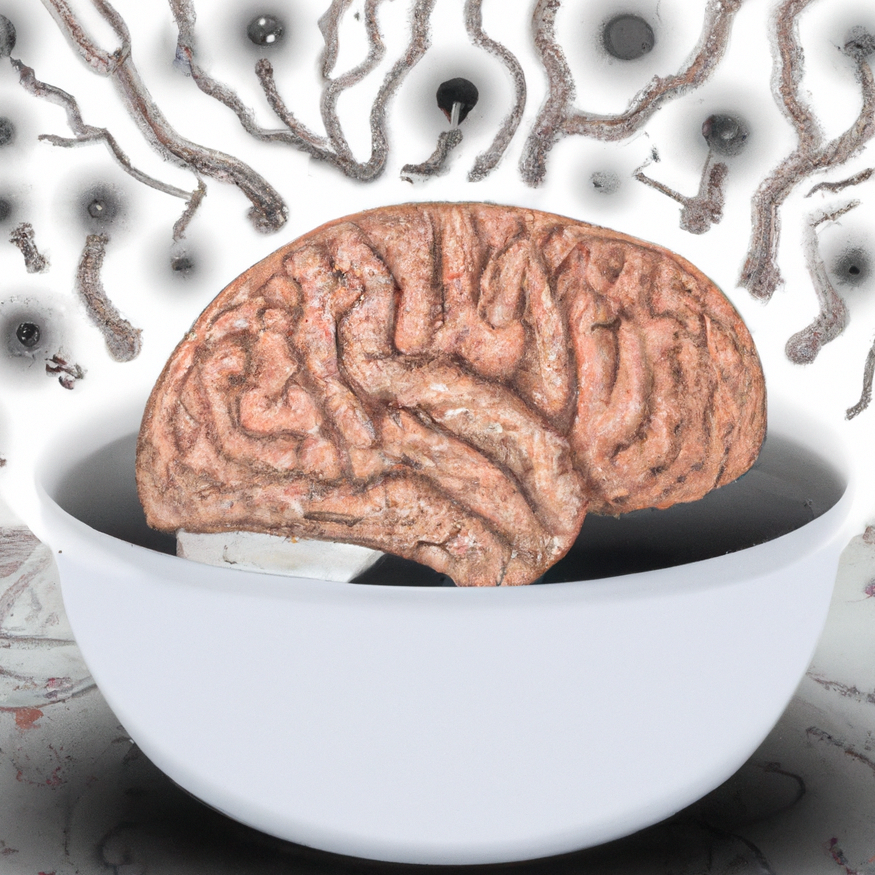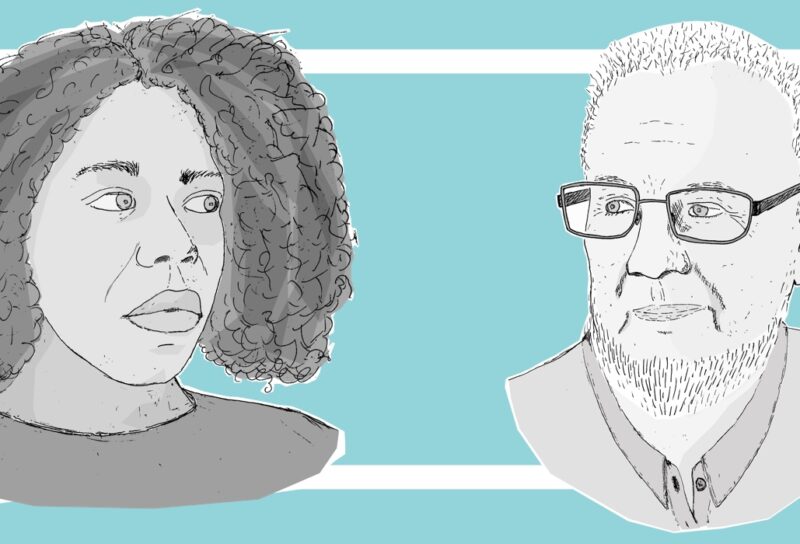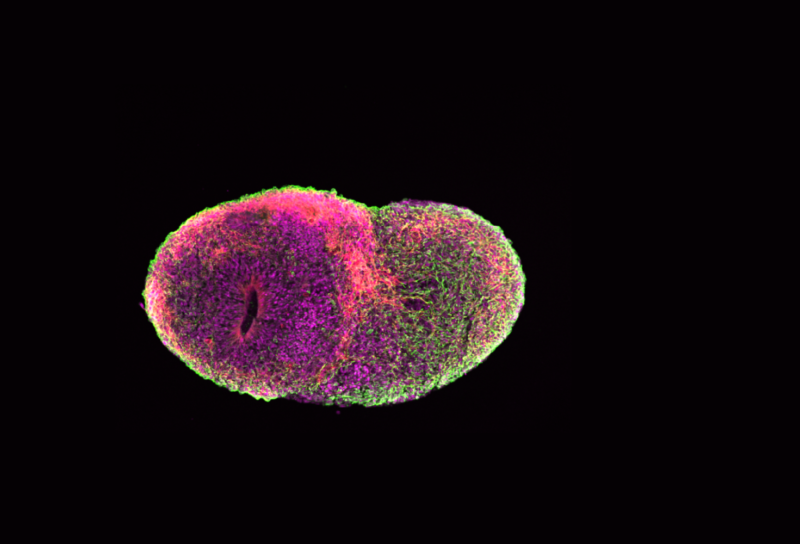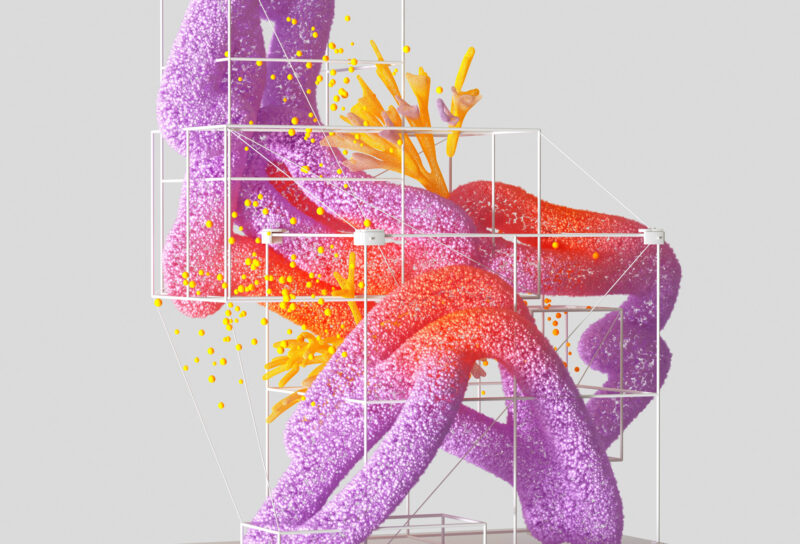Renowned neuroscientist Suzana Herculano-Houzel didn’t always care about brains. In fact, she largely ignored them until adulthood. “I didn’t even know that we had a brain until I was in graduate school,” she jokes now. After college, she moved from Brazil to Cleveland, deadset to pursue genetics at Case Western University and study “little invisible substances in little Eppendorf tubes that I couldn’t even see.” That was until a fellow graduate student asked her one afternoon if he could “catechize” her on the topic of neuroscience.
“He just walked around asking all sorts of crazy questions!” she says. She remembers being particularly struck when their conversation led them to pause on a sidewalk, their backs to a tree. “He said to me, how the hell does the tree still exist in my mind when I can’t see it? That, to me, was mind-blowing.” The rest was history: “all of a sudden, I was introduced to this whole other world of endless questions.” One of these questions, which has eluded neuroscientists for centuries, is what makes the human brain so exceptional. Though, if you were to ask Herculano-Houzel to answer this question today, she would resist its premise altogether.
Over the past two decades, her lab, now at Vanderbilt University, has extensively detailed how the human brain is unexceptionally normal. It follows the same patterns as any other primate brain in both its size and its workings. Within the scientific community, Herculano-Houzel became famous for developing the method of counting brain cells known as “brain soup.” In this method, researchers dissolve brains inside glass tubes, and tag individual cells with countable fluorescent markers.
This final tally of neurons could have helped explain how the human brain evolved to be so large despite our relatively small mammalian body size. With these studies, she dispelled the widely reported yet uncited belief that the human brain contains 100 billion neurons. She counts closer to 86 billion. Her lab has used this technique and others to unpack the diversity of brains within the animal kingdom. Their investigations have led them to connect how a species lifespan may be best predicted by the number of neurons in certain parts of their brains. Beyond cell counts, she and her colleagues have discovered how cortical gyrification, or the way large mammals brains fold, is determined purely by physics.
What can the sheer number of cells in the brain tell us about an organism itself? What more can we gain by understanding human’s place in the evolutionary hierarchy? I spoke with Herculano-Houzel to find out.
Odell: How did the neuron-counting project begin?
Herculano-Houzel: It started out as simply a basic check. Neuroscientists around the world have all these super fancy tools at their disposal. You can manipulate molecules, you can paint the inside of any cell, and you can change their activity. But what about the basic stuff? Do we know what brains are made of? There was supposedly a lot that was already known. But I was a complete outsider to all that. I was never trained in neuroanatomy. I never trained in brain evolution. I was just a biologist. The textbooks say the human brain is made up of 100 billion neurons. But where’s the paper? Where’s the reference? I started asking around, and nobody knew. So that’s how it started. It started out as just a check.
Odell: You used this technique to also count the neurons in other animal brains and compare them. Why is this comparison important?
Herculano-Houzel: Neuroscientists used to think all brains must be made the same way. A brain is a brain is a brain. The anatomy and organization of a brain must be adapted to be optimal by natural selection. And so, for the last 20 years, my research has focused on looking at brain diversity across species, and trying to understand three things. First, what is the extent of diversity? Second, what are the constraints — is there anything that does not ever change? The third thing is, you have these different brains made up in different ways — so what?
Odell: What have you learned from tackling these questions?
Herculano-Houzel: I’m beginning to see how everything comes together. The story that I want to tell starts with this: life is simply whatever works. This is not about optimization. This is not about adaptation. There are multiple ways of putting a brain together. I realized very clearly when I bought my house that came with mice in the walls and I couldn’t get rid of them for two months. These little stinkers, I have 1,000 times the neurons in my cerebral cortex, and yet they can hide from me very, very well.
Odell: And this suggests that mice are more evolved than people think?
Herculano-Houzel: It’s not about competition. It’s about possibilities. The story is not that it’s better to be bigger. Because the little guys never went away. You have bacteria, the very first forms of cellular life. They never went away. Why do people still buy a story where life has to keep improving and keep changing? That suggests that the previous forms of life were not so good. I don’t buy that.
Biology isn’t physics. It’s never 100% efficient, nor 100% effective.
Odell: How then do the sizes of neurons themselves relate to your theory of new possibilities?
Herculano-Houzel: If you were to ask any neuroscientist if the neurons in an elephant brain should be bigger than the neurons in those in a mouse brain, they would say: ‘of course they are!’ If only for the fact that the brain of an elephant is huge so the neurons have to expand a greater distance. Yet, if you talk to any other kind of biologist, they would say ‘no way!’ It’d be like asking if the liver cell of an elephant is bigger than that of a mouse. They are the same type of cell; how could they possibly have different sizes? So, the question is, how can both of these things be true at the same time? It has to do with possibility: I think neurons become bigger because they can.
Odell: Why can they do that?
Herculano-Houzel: The first factor is their shape. Other cells are round so they grow isometrically, meaning to grow bigger. They have to expand out in all dimensions. They gain volume much faster than surface area. Neurons, on the other hand, start out round, but branch as they grow. They gain volume more slowly. The neuron may manage to become bigger by decreasing its own activity. You can be a tiny little neuron, competing with a bunch of neurons around you for that limited supply of energy, but it’s okay, because you only need a small amount of energy to operate.
We have this expectation that everything in biology must serve a purpose. It got selected. But I believe that doesn’t need to be the case. Most likely it got to be that way simply because variation is the rule. Diversity is the rule. It’s not physics. Biology is never 100% efficient, nor 100% effective.

Odell: You’ve analyzed the brains of birds, primates, crows, raccoons, whales, and more. Which brain surprised you the most?
Herculano-Houzel: The elephant! You expect them to have a huge number of neurons in this area called the facial nucleus, as it’s the part of the brain that organizes the movements of the trunk. It turns out that the elephant has the same number of neurons in the facial nucleus as any other non-primate mammal. But when we analyzed the rest of the elephant brain, we discovered the cerebellum was about twice the size that you would expect for a brain of that size. Not only that, but there were 12 times as many neurons in the cerebellum than we expected. In other mammals, you typically find four neurons in the cerebellum to every one neuron in the cortex. Enter the elephant with 48 neurons in the cerebellum to every one neuron in the cerebral cortex.
The elephant is this outlier, which I find hilarious, frankly, because everybody keeps expecting the human brain to be the outlier. But we have never found the human brain to be an outlier in any way. It has the most neurons in the cerebral cortex, yes, but it’s still a number that you’d expect to find when compared to other small primates. Our brain is 2% of our body. We’re right on the mark.
Odell: Is there any other unexpected information we can get from the number of neurons in the brain?
Herculano-Houzel: Three years ago I published this paper that shows beautifully (I’m biased of course) that maximal longevity across warm blooded species has nothing to do with the size of the body. The body size story is a story that everybody, including specialists in aging, insists on telling. But we found that the best predictor of how long a warm-blooded species lives is how many neurons it has in its cortex. The size of the body is irrelevant. The metabolic rate is irrelevant. This holds true as long as the animal is warm blooded, meaning a body temperature between 37 to 38 degrees Celsius. Whoever manages to have more neurons in the cortex, however that happens, gets to live a longer life. They get to develop more slowly, spend more time in childhood, live a longer adulthood, and maybe get to be old enough to overlap with other generations.
The best predictor of how long a warm-blooded species lives is how many neurons it has in its cortex.
Odell: Did coming to neuroscience later in your scientific training change the way you approached the field?
Herculano-Houzel: It allowed me to approach questions without the preconceived ideas that one would normally receive with formal training. For example, those with training would learn in brain evolution that larger animals require larger brains. It sounds intuitive, but once you really start thinking about it, it doesn’t really make sense. I met a biomedical engineer and I mentioned this theory, and he was like, ‘no they don’t!’ If the number of joints is the same and the general layout of the body is the same —tiny or huge, you’re still going to use the exact same level of control. You don’t need more units. You don’t need more neurons or more brain.
When I started thinking about brain evolution, everything was completely new to me. I had this opportunity of a fresh start, without knowledge of the dogma you would read in books. It gave me the freedom to ask, do we really know this? How do we know this? This is a habit that I think every scientist should have.
Odell: Have these findings, that the human brain was “not extraordinary,” influenced your thoughts at all about our place and role in the natural world?
Herculano-Houzel: I think the most fundamental thing for me is the awareness that we’re just one more animal. While our brains make us what we are, they are still made according to the exact same rules that apply to other animals. Once I appreciated that, I began to be thankful for the things I can do with this brain. Having more neurons buys us more time. I consider myself to be in my fifth or sixth lifetime. Across those different lifetimes, I’ve learned different things and done very different things.
And what we do with our brains is captured by this word “technology.” Technology is not just your latest computer or phone. It’s any system or object or process that humans come up with. Technology also gives us more time because it allows us to solve problems and move on to the next thing. I have become really appreciative of the time that we have thanks to these technologies that we develop ourselves or that we inherit from the generations before us. It’s now on us to pass them onward. In that way, education is fundamental. It’s the thing that actually allows us to remain “human.” It allows us to be so much more than the pure biological form of the human. It’s not enough to have a human-like number of neurons. It takes a lifetime of living and learning to make that brain truly human in the way we think of them.
This interview has been edited and condensed for clarity.



